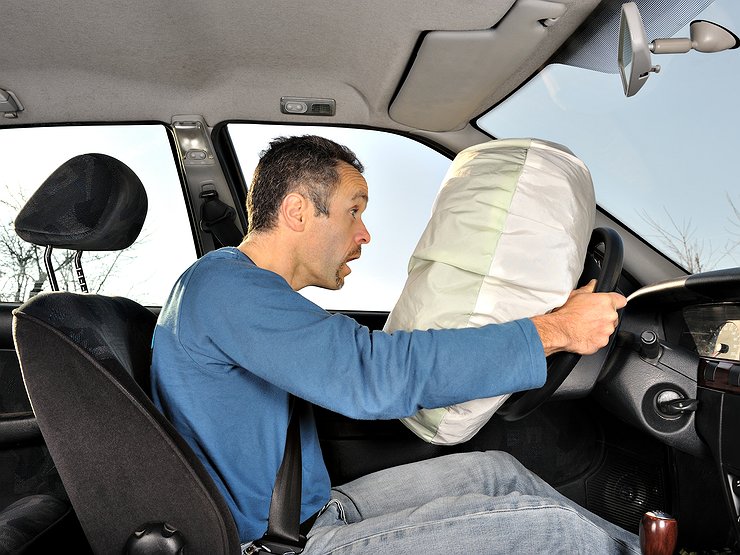
How do I know if I need new tires?
Your tires keep you securely on the road. They help keep you safe when driving in rainy, snowy, hot or sunny weather. When your tires are worn out, you won't have the same grip as when they were new. How do you know when it's time to replace them?
At what point is a tire considered worn out?
The actual measurement that indicates that a tire has lived its useful life is 2/32 of an inch. If you don't have a tread depth sensor, it's hard to know if your tires have more. Here is a test you can do yourself to see if your tires are worn out and need to be replaced:
Place a coin in the grooves of the tire tread with the Lincoln's head down.
Check to see if any part of Lincoln's head is covered with a protector.
If it's not covered at all, you have 2/32 or less of the tread left.
Check a few points around the tires. If any stain is not covering part of the Lincoln's head, change the tires on your vehicle.
Other Reasons Your Tires Should Be Replaced
Your tires may not be worn out, but there are other issues that may require replacement, such as:
weathering is the main factor for your tires. They are constantly exposed to the elements, both heat and cold, including ice, snow, and water. Rubber is a natural material and it breaks down. Common signs of weathering are small cracks in the sidewall and cracks between the tread blocks of a tire. Any time your tire develops cracks that expose the metal or fabric cord, your tires should be replaced immediately.
protrusion most often occurs in the tire on impact. This can happen when hitting a curb or pothole, and can also occur due to a manufacturing defect. A bulge occurs when air gets trapped between the tire's inner shell and the outer layers of fabric or rubber, and an air pocket forms at that weakened spot. Because it is weak, a swollen tire should be replaced as soon as possible.
vibration this is a symptom that can occur in many cases of tire problems, from tire balance problems to uneven ride problems. One problem with tires that can cause vibration is that the belts or cords in the tire come apart, causing the tire to deform. A loose tire is usually not visible to the naked eye, but when mounted on a wheel balancer, it is quite noticeable. The sensation of driving with a blown tire is often described as "clumpy" at low speeds, and turning into high frequency vibration at highway speeds. The separated tire must be replaced.
Leaking tires in some cases, replacement may be required. A hole or puncture in a tire's tread can in many cases be patched, but a hole in a tire's sidewall cannot be safely repaired and the repair is not authorized by the Department of Transportation. If the hole in the tire is too close to the sidewall or too large to be patched, the tire must be replaced.
A warning: If you ever see metal or fabric cords sticking out of the sidewall or tread of your tires, replace them immediately. A bare-cord tire is at risk of bursting or losing air.
Tires should always be replaced as a set of four tires on four-wheel drive vehicles and as a pair or full set on two-wheelers, both front-wheel drive and rear-wheel drive. It's best to make sure all four tires have the same amount of tread left.

